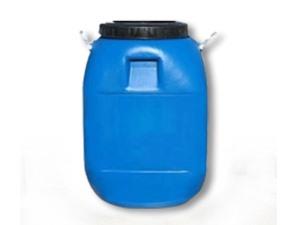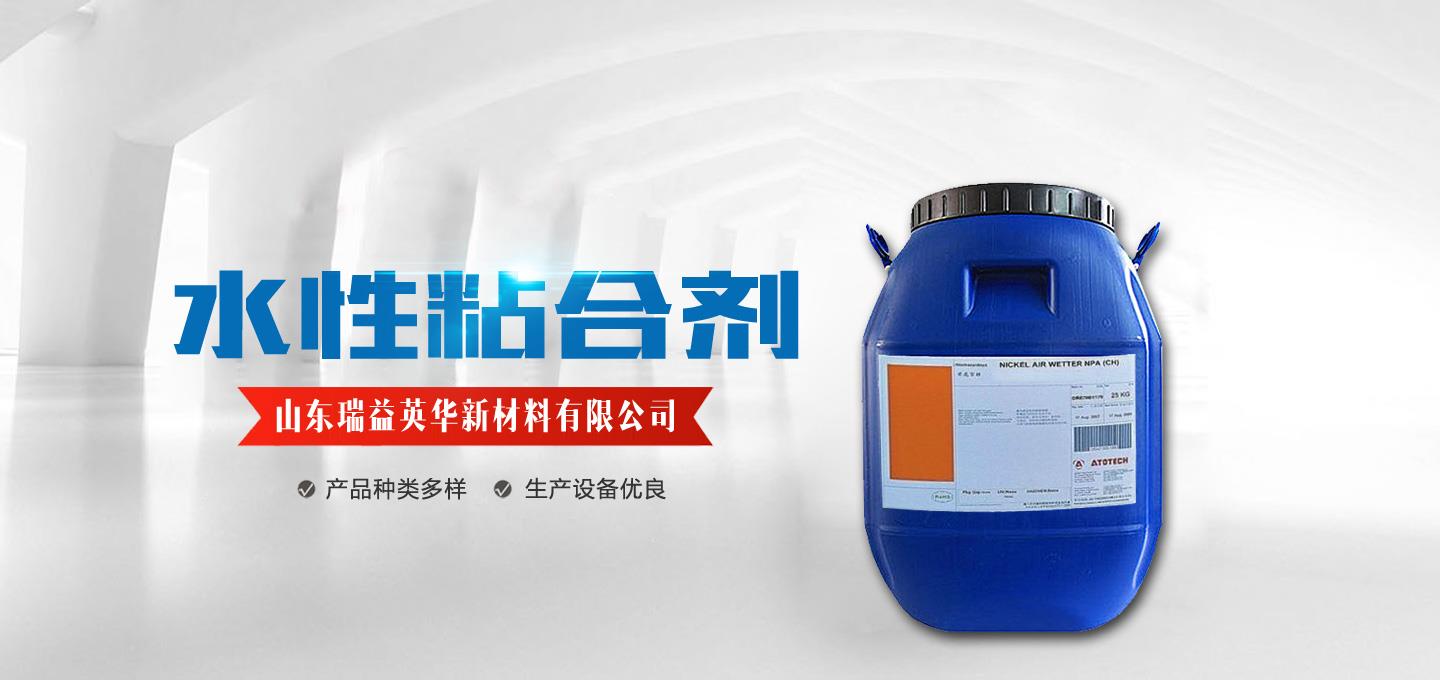Acrylic latex coatings have become the architectural coatings that are widely used today. In this industry background, acrylic emulsion factories have sprung up like mushrooms.

The reason why latex paint can develop rapidly is that it originates from its own water-based and environmentally friendly characteristics, and it also originates from the early 80 years, including the world emulsions of Rohm and Haas, BASF and Union Manufacturers have come to China to set up acrylic emulsion factories. With their excellent production technology and management experience, they have driven the development of local brands to a certain extent. China has been developing acrylic emulsion systems since the 20 century 70, and officially put into production in the 80 years.
At present, the traditional processes of acrylic emulsion plants in China mainly include batch emulsion polymerization, semi-continuous emulsion polymerization and continuous emulsion polymerization. Intermittent emulsion polymerization refers to the process of reacting monomers, stabilizers, initiators, water, etc. into the reactor at one time for polymerization. Due to the large heat release of acrylate monomer polymerization, the gel effect appears early. If this method is used, accidents are likely to occur, which will also have an adverse effect on product quality; while semi-continuous emulsion polymerization is the use of some monomers and stabilizers. 、 Initiator and water are put into the reactor first, after polymerization to a certain extent, then the remaining monomers, stabilizers, initiators, etc. are continuously added to the reactor in a certain time interval according to a certain ratio to continue the polymerization process ; Continuous emulsion polymerization is continuous polymerization through a split tank reactor and continuous polymerization in a tube reactor. In the continuous emulsion polymerization process, at the initial stage of the reaction, at the end of the reaction, and when it is subject to external interference, various parameters are prone to fluctuate. In addition, the downstream of the emulsion has many uses, a wide variety, different formulas and processes, and the output is not very large, so continuous operation is rarely used. In summary, the current acrylic emulsion polymerization methods used in acrylic emulsion plants mostly use semi-continuous processes.
Traditional emulsion polymerization methods cannot meet people's needs at present. After repeated exploration, core-shell emulsion polymerization, soap-free emulsion polymerization, organic and inorganic composite emulsion polymerization and interpenetration have been developed on the basis of traditional emulsion polymerization technology. New polymerization processes such as network polymerization and microemulsion polymerization. In terms of new technology, China's overall development has been rapid in recent years. Among them, acrylic emulsion plants currently use core, shell emulsion polymerization, and soap-free emulsion polymerization, which has now been widely accepted and recognized by people.
Previous: The solution of glue glue
下一条: How to choose glue
Related News
- How to choose a better quality glue
- What are the characteristics and precautions of window glue?
- What are the uses of aluminum foil tape?
- What should be paid attention to when using water-based varnish?
- What are the advantages of water-based varnish?
- Common faults and solutions of water-based varnish
- What factors affect the gloss of water-based varnish
- Reasons and solutions for spotting of aluminum coating film glue
- Why does the internal stress of the glue cause displacement of the compounding of the aluminized film glue?
- Brief introduction of aluminum foil adhesive
- The solution of glue glue
- Application advantages of pure water-based sealant
- Characteristics and application of laser film adhesive
- Brief introduction about window glue
- How to distinguish between pure water-based sealing glue and semi-oil semi-water sealing glue
- Factors affecting the gloss of water-based varnish (on)
- Development and definition of acrylic emulsion
- What you need to know about the history of acrylic emulsions
- Introduction of performance characteristics of aluminum foil adhesive
- What to do if the glue is opened


